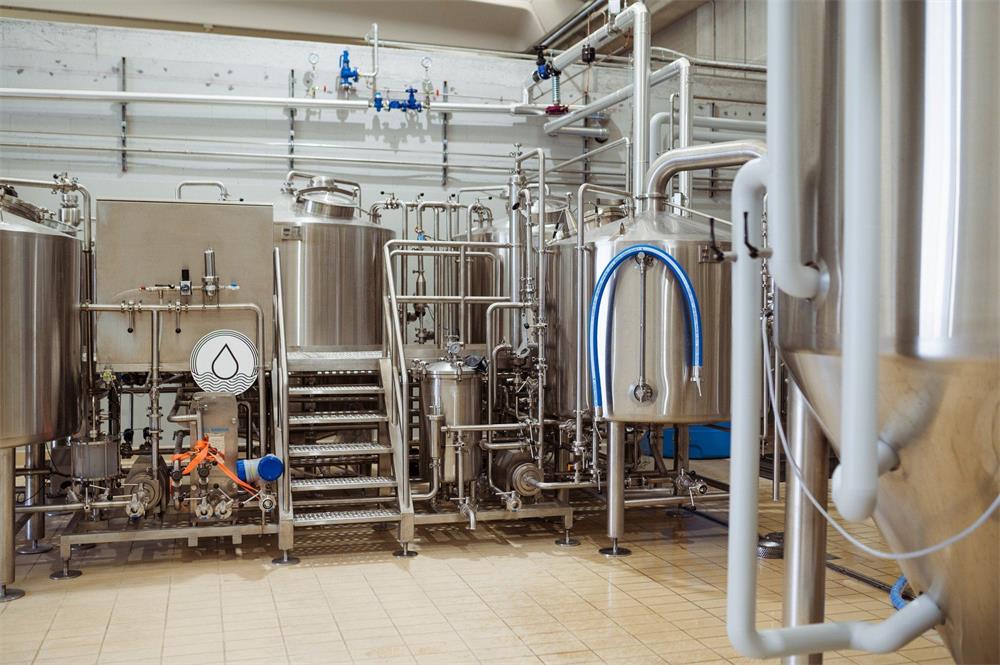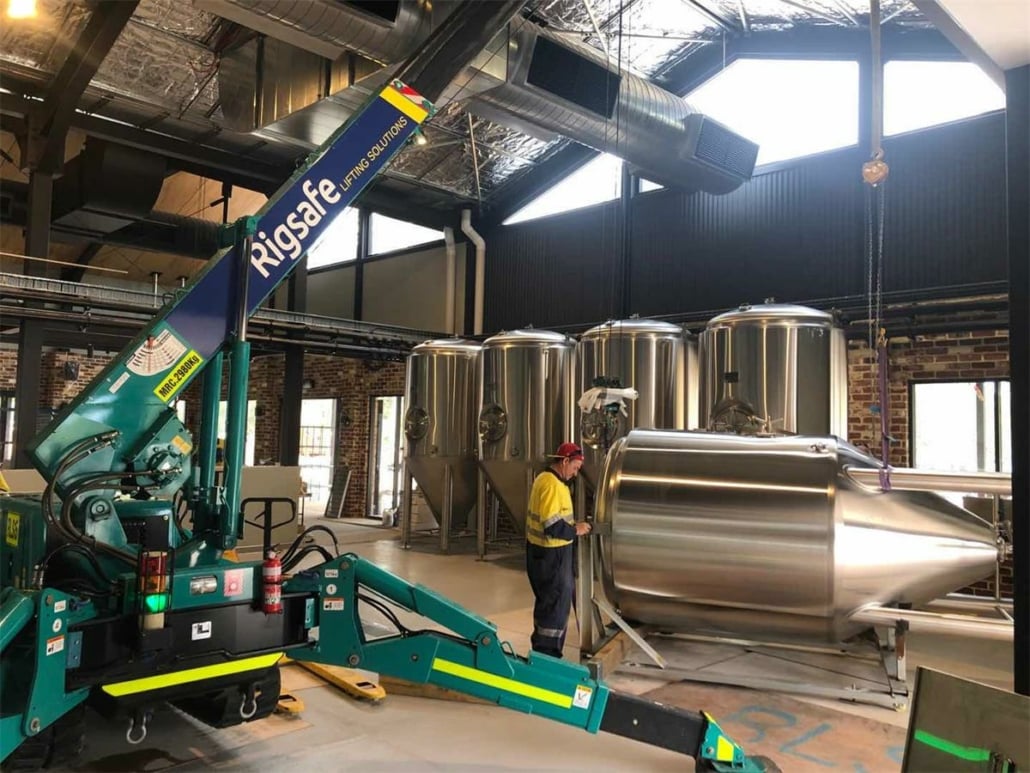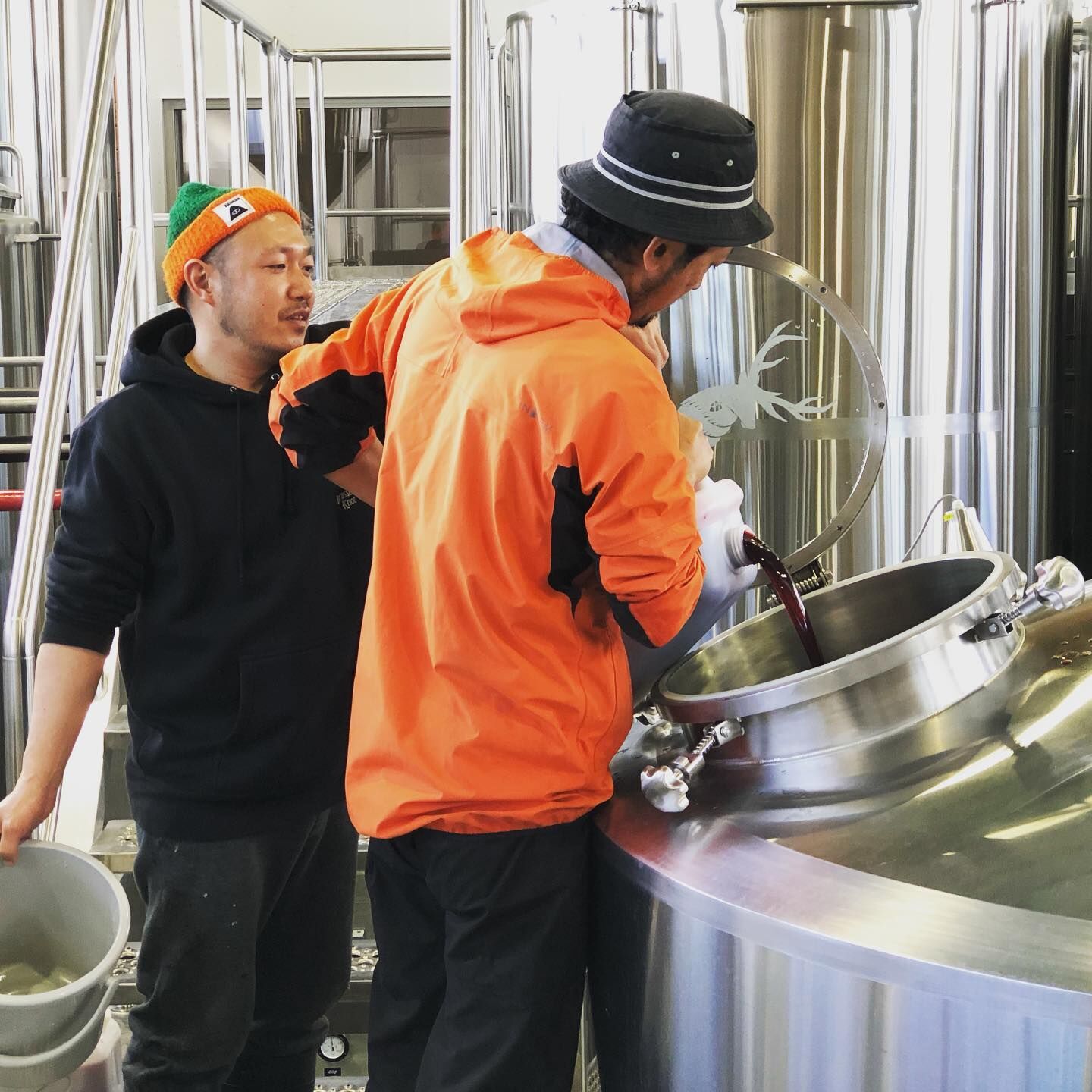Overview of the 1 bbl Brewing System
Overview of the 1 bbl Brewing System
If you’re diving into the world of craft brewing, you’ve likely heard of the 1 bbl brewing system. But what exactly does “1 bbl” mean? Simply put, “bbl” stands for “barrel,” a standard unit of measurement in the brewing industry. A 1 bbl brewing system has the capacity to brew one barrel of beer, which is equivalent to 31 gallons or approximately 117 liters. This scale is popular among microbreweries and brewpubs looking to experiment with recipes or produce small batches.
So, why choose a 1 bbl system? It’s perfect for those who are serious about brewing but aren’t ready for the leap to full-scale commercial production. It offers a balance between the flexibility of homebrewing and the capacity needed for small-scale distribution. Plus, it’s manageable in terms of space and budget, making it a top choice for startup brewers.

Equipment Guide for a 1 bbl Brewing System
When setting up a 1 bbl brewing system, there’s more to it than just a kettle and some fermenters. This section will break down the key components you’ll need and their roles in the brewing process.
Brewing Kettle
The brewing kettle is where the magic begins. This vessel is where you’ll boil your wort, add hops, and begin the transformation from grain to beer. In a 1 bbl system, the kettle typically holds around 40 gallons to allow for boil-over space and evaporation.
Mash Tun
The mash tun is where you’ll mix your grains with hot water to convert starches into fermentable sugars. For a 1 bbl system, you’re looking at a tun that can handle around 200 pounds of grain, giving you the flexibility to brew a wide range of beer styles.
Fermenters
Once your wort is boiled and cooled, it’s transferred to the fermenter. Here, yeast is added, and the fermentation process begins. In a 1 bbl setup, you’ll typically have one or more fermenters, each with a capacity slightly larger than 1 bbl to accommodate the krausen (foam) that forms during fermentation.
Heat Exchanger
To cool your wort quickly after boiling, you’ll need a heat exchanger. This device uses cold water to absorb heat from the hot wort, bringing it down to a temperature suitable for fermentation.
Pump and Hoses
A pump is essential for moving liquids between vessels in a 1 bbl brewing system. You’ll also need food-grade hoses to connect everything together, ensuring a smooth flow during the brewing process.
Types of Equipment in a 1 bbl Brewing System
| Equipment Type | Description | Capacity | Purpose |
|---|---|---|---|
| Brewing Kettle | Vessel for boiling wort and adding hops | 40 gallons | Boiling wort, sterilization |
| Mash Tun | Vessel for mixing grains and hot water | 200 lbs of grain capacity | Conversion of starches to fermentable sugars |
| Fermenters | Vessels for fermenting wort into beer | 1.2 bbl capacity | Fermentation process |
| Heat Exchanger | Device for cooling wort quickly | N/A | Rapid cooling of wort post-boil |
| Pump and Hoses | Equipment for transferring liquids | N/A | Moving wort between brewing system vessels |
Brewing Process Using a 1 bbl System
So, you’ve got all your equipment—now what? Let’s walk through the brewing process, step by step.
Step 1: Mashing
The process begins in the mash tun. You’ll mix your malted grains with hot water to activate enzymes that convert the grain’s starches into sugars. This process usually takes about an hour, during which you’ll carefully control the temperature to ensure optimal conversion.
Step 2: Lautering
Once mashing is complete, you’ll need to separate the liquid wort from the spent grains—a process known as lautering. This is where your mash tun’s false bottom comes in handy, allowing the liquid to flow through while keeping the grains behind.
Step 3: Boiling
Next, the wort is transferred to the brewing kettle, where it’s boiled and hops are added. Boiling sterilizes the wort and extracts flavors from the hops, which will give your beer its bitterness and aroma.
Step 4: Cooling
After the boil, it’s critical to cool the wort quickly to a temperature suitable for fermentation. This is where your heat exchanger comes into play, rapidly reducing the wort’s temperature as it flows through.
Step 5: Fermentation
Cooled wort is then transferred to the fermenter, where yeast is added. Over the next few weeks, the yeast will consume the sugars in the wort, producing alcohol and carbon dioxide in the process.
Step 6: Conditioning
After fermentation, the beer may need some time to condition, which allows flavors to meld and the beer to carbonate naturally. Depending on the style, this could take anywhere from a few days to several weeks.
Step 7: Packaging
Finally, your beer is ready to be packaged. Whether you’re kegging or bottling, this step involves transferring the beer from the fermenter into its final container.
Brewing Process and Key Steps
| Brewing Step | Description | Key Considerations |
|---|---|---|
| Mashing | Mixing malted grains with hot water | Temperature control, enzyme activation |
| Lautering | Separating wort from spent grains | Efficient wort collection |
| Boiling | Boiling wort and adding hops | Sterilization, flavor extraction |
| Cooling | Reducing wort temperature quickly | Preventing contamination, optimal yeast pitching temperature |
| Fermentation | Converting sugars into alcohol using yeast | Yeast health, fermentation temperature |
| Conditioning | Maturation of beer flavors and carbonation | Patience, monitoring carbonation levels |
| Packaging | Transferring beer to kegs or bottles | Cleanliness, avoiding oxidation |
Capacity, Space, Design, Layout, Customization of 1 bbl Brewing System
| Parameter | Description | Considerations |
|---|---|---|
| Capacity | 1 bbl (31 gallons, 117 liters) | Suited for small batches, experimental brews |
| Space Requirements | Typically requires a 100-150 square foot area | Adequate ventilation, water, and drainage access are essential |
| Design and Layout | Modular or compact, depending on space availability | Efficient workflow, ease of access for cleaning and maintenance |
| Customization Options | Choice of materials, automation level, additional tanks | Tailored to specific brewing needs, budget, and scalability |
Suppliers and Price Range for 1 bbl Brewing Systems
| Supplier | Location | Price Range | Features |
|---|---|---|---|
| Brewmation | USA | $15,000 – $30,000 | Automated systems, custom configurations available |
| Ss Brewtech | USA | $8,000 – $18,000 | Compact design, high-quality stainless steel |
| Stout Tanks and Kettles | USA | $10,000 – $25,000 | Custom options, modular design |
| Deutsche Beverage Technology | USA | $25,000 – $50,000 | Full-scale systems, extensive customization options |
| ABE Beverage Equipment | USA | $20,000 – $40,000 | High efficiency, tailored solutions |
Installation, Operation, Maintenance of 1 bbl Brewing Systems
| Aspect | Details | Considerations |
|---|---|---|
| Installation | Requires professional setup, plumbing, and electrical work | Ensure compatibility with existing utilities and space |
| Operation | User-friendly controls, may include automation | Training may be required, especially for complex systems |
| Maintenance | Regular cleaning, inspection of seals, pumps, and valves |
Preventive maintenance helps avoid downtime and costly repairs|
How to Choose a Supplier for a 1 bbl Brewing System
| Criteria | Importance | Questions to Ask |
|---|---|---|
| Quality of Equipment | High-quality materials ensure longevity and performance | What materials are used? What’s the warranty period? |
| Customization Options | Allows for tailored setups to match specific brewing needs | Can the system be customized? What are the upgrade options? |
| Customer Support | Crucial for troubleshooting and maintenance | What support is offered post-purchase? Are there service packages? |
| Price vs. Value | Balancing budget with quality and features | What’s included in the price? Are there hidden costs? |
| Reputation | Supplier’s track record in the industry | Can you provide references or case studies? |
Comparing Pros and Cons of 1 bbl Brewing Systems
| Aspect | Advantages | Limitations |
|---|---|---|
| System Size | Ideal for small batches, cost-effective for startups | Limited production capacity, not scalable for large operations |
| Flexibility | Easy to experiment with different recipes | Batch consistency might be challenging with frequent changes |
| Space Requirements | Fits in small to medium spaces, versatile layout options | Still requires dedicated space, which may be an issue for some |
| Investment | Lower initial investment compared to larger systems | May require additional investment if scaling up |

FAQ
| Question | Answer |
|---|---|
| What does “1 bbl” stand for? | “1 bbl” stands for one barrel, which equals 31 gallons or 117 liters of beer. |
| Is a 1 bbl brewing system suitable for home use? | While possible, it’s typically better suited for small breweries or serious hobbyists due to its size and complexity. |
| How much beer can I brew with a 1 bbl system? | You can brew approximately 31 gallons or 117 liters per batch. |
| What is the average cost of a 1 bbl brewing system? | Prices range from $8,000 to $50,000 depending on the features and customization options. |
| Can I expand a 1 bbl system if my brewery grows? | Yes, many systems offer modular designs, allowing you to add more fermenters or larger vessels as needed. |
| How often should I maintain my 1 bbl system? | Regular cleaning after each use is essential. Additionally, routine checks of seals, pumps, and valves are recommended. |
Share this entry
Interested in learning more about Brewing Systems including additional details and pricing information? Please use the form below to contact us!
YOLONG BREWERY EQUIPMENT FAQS
- Commercial Brewery / Craft Brewery / Microbrewery / Nanobrewery
- What is The Difference Between Craft Beer and Industrial Beer?
- The Bespoke Differences In Custom Brewing Systems
- Everything You Need to Know About Kettle Souring
- How to Choose Brewing Equipment for Your business?
- How To Choose The-Best Partner To Build Your Commercial Microbrewing System?
- Two Detection Sensors That You Need To Use In Your Brewhouse System
- Remote Control Applications in Brewing Equipment/How does it work?
- How To Clean Your Brand New Brewery Tanks?

